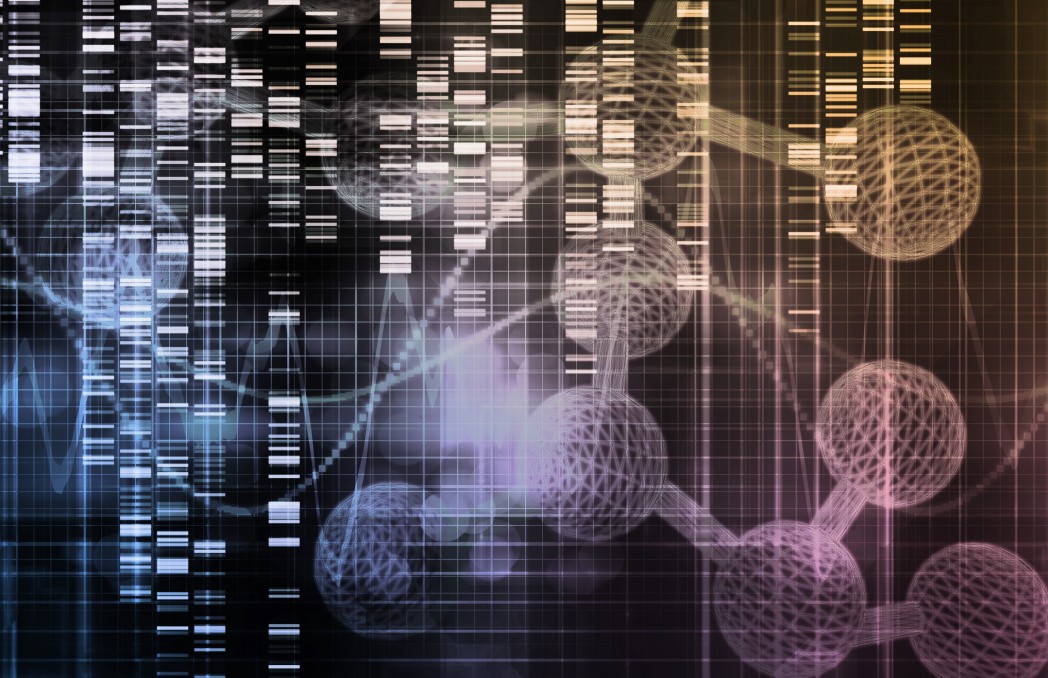ALS Study Finds Gene Mutation’s Toxic Effects Might Be Countered by an Associated Protein

Aggregates of dipeptide repeat proteins produced by the mutant gene C9orf72 — the most common genetic cause of amyotrophic lateral sclerosis — are toxic to neurons through interactions with a protein intended to clear cells of defective proteins, scientists reported. The findings provide a very specific focus for future drug development attempts targeting C9orf72 mutations in ALS.
Mutations in the C9orf72 gene are most often present as repeat sequences of DNA, leading to the excess production of RNA that is believed to be toxic to the cell. Most studies exploring C9orf72 mutations focus on the accumulation of toxic RNA. This RNA, however, also gives rise to defective proteins, called dipeptide repeat proteins.
The mutant proteins resulting from the C9orf72 gene mutations also accumulate in cells in inclusion bodies called poly(GA). A research group from the Mayo Clinic in Florida studied mice with these protein aggregates in their brains, noting that the animals showed degeneration and other symptoms similar to ALS.
The ALS Association-funded study, titled “C9ORF72 poly(GA) aggregates sequester and impair HR23 and nucleocytoplasmic transport proteins” and published in the journal Nature Neuroscience, showed that the faulty proteins could produce sufficient toxicity to induce death of neurons in their own right, independent of the RNA-induced toxicity.
The unusual dipeptide repeat proteins produced by the mutant gene are composed of two amino acids, usually in the form of glycine-alanine, glycine proline, or glycine-arginine repeats. The team focused on proteins made of the amino acids glycine and alanine.
Researchers noticed that in the mouse model, protein aggregates were linked to HR23, a protein responsible for destroying defective proteins. Interaction between dipeptide repeat proteins and HR23 has also been observed in patients with C9orf72 mutations. The researchers observed that if cells were triggered to produce more HR23, the toxicity associated with mutant protein inclusions could be prevented.
“This important study provides new data to enhance our understanding of C9orf72-related ALS. The identification of this new disease mechanism will allow us to determine whether blocking the interaction between dipeptide repeat proteins and HR23 may provide a new avenue for treatment development,” Lucie Bruijn, the ALS Association’s chief scientist, said of its findings in a press release.






